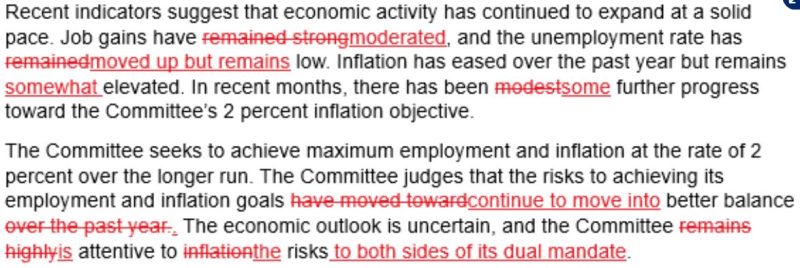
Shocking Revelation: The Fed’s Nightmare Creation – Are We Just Puppets?
The Federal Reserve: A Puppet Master or a Nightmare Creator?
The Federal Reserve, often referred to as the Fed, is the central banking system of the United States that serves as the guardian of the nation’s monetary and financial stability. Its primary objectives include controlling inflation, stabilizing prices, and maximizing employment to ensure sustainable economic growth. However, recent developments have raised concerns about the Fed’s role in creating economic challenges that may ultimately harm the very people it aims to protect.
One of the key criticisms leveled against the Fed is its reliance on unconventional monetary policies, such as quantitative easing and near-zero interest rates, to stimulate the economy during periods of economic downturn. While these measures have been effective in averting financial crises and spurring economic recovery, they have also unintentionally fueled asset bubbles and income inequality.
By flooding the financial system with cheap money, the Fed has inadvertently inflated the prices of assets like stocks, real estate, and bonds, benefiting wealthy investors and corporations at the expense of the average American. This wealth divide has widened significantly in recent years, exacerbating social tensions and undermining the Fed’s goal of fostering a more inclusive economy.
Moreover, the Fed’s interventions in the financial markets have distorted price discovery mechanisms and encouraged risky behavior among market participants. By signaling a willingness to provide unlimited liquidity and support, the Fed has created a moral hazard that incentivizes excessive risk-taking and speculation, leading to asset price volatility and systemic fragility.
In its efforts to contain the economic fallout from the ongoing COVID-19 pandemic, the Fed has unleashed unprecedented stimulus measures, including massive asset purchases and emergency lending programs. While these actions have helped stabilize financial markets and prevent a deeper recession, they have also raised concerns about the Fed’s expanding balance sheet and the long-term sustainability of its policies.
Critics warn that the Fed’s aggressive monetary stimulus could fuel inflation, erode the value of the dollar, and sow the seeds of future financial crises. Moreover, the Fed’s increasing intervention in fiscal matters, such as its role in funding government relief programs and corporate bailouts, has blurred the lines between monetary and fiscal policy, raising questions about the central bank’s independence and accountability.
As the Fed grapples with the complex challenges of steering the economy through turbulent waters, it faces a delicate balancing act between supporting growth, maintaining financial stability, and addressing the unintended consequences of its actions. To regain public trust and credibility, the Fed must adopt a more transparent and inclusive approach to policymaking, engage in open dialogue with stakeholders, and prioritize the long-term interests of the broader society over short-term market reactions.
In conclusion, while the Federal Reserve plays a crucial role in safeguarding the stability of the U.S. economy, its unconventional policies and interventions have generated unintended consequences that warrant closer scrutiny. By reevaluating its strategies, enhancing its communication efforts, and adhering to its mandate of promoting full employment and price stability, the Fed can navigate the challenges ahead and fulfill its mission of serving the best interests of the American people.
